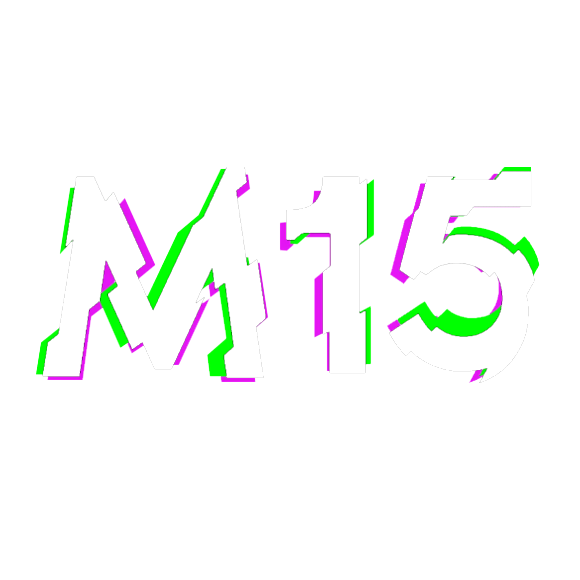2020
THE ONEIROID
Natalia Alfutova's new artwork follows the path which the artist has been exploring recently; with The Oneiroid, Natalia delves into ethical questions of humanity coexisting with rapidly evolving technologies.
Can artificial intelligence get really close to our sensuality and our perception system in general? Or, maybe, the difference is not that big anymore, and the capabilities of our brain have similar limitations? Do artificial neural networks behind funny filters on Instagram, massive face recognition systems, and stock exchange trading software suffer the same constraints as our minds? For many decades futurologists and science fiction writers keep searching for the answers, and contemporary artists have also joined the crowd. Stelarc is one famous example of a performance artist who has experimented with his body in an attempt to find some answers.
Natalia's favorite media lies at the fuzzy boundary between robotics and art installation, and in The Oneiroid, she stays true to her style. The Oneiroid reminds us of cyber-punk movies, or of an undersea optical cable covered with barnacles and suddenly coming to life and still full of data inside it. Natalia connects old-fashioned wires to the Oneiroid's brain to let us observe how its non-human vision works and share the Oneiroid's perception of the environment. These wires and monitors are the extensions of the artificial body, but on the other hand, they remind us of medical equipment attached to human bodies in modern hospital wards.

The spectators watch the inner world of The Oneiroid on the monitors, which materialize the dreams of scientists wishing to study cognitive processes in vivo.
But the Oneiroid's inhuman mind vividly exhibits its limitations and prejudices. The world seen through the creature's camera-eye is recognizable but starkly different from the one that we see. Everything and everyone around become somewhat "oneiroidish", but maybe this very bias makes the Oneiroid more human or at least understandable for us?
But the Oneiroid's inhuman mind vividly exhibits its limitations and prejudices. The world seen through the creature's camera-eye is recognizable but starkly different from the one that we see. Everything and everyone around become somewhat "oneiroidish", but maybe this very bias makes the Oneiroid more human or at least understandable for us?

At first glance, The Oneiroid looks entertaining, but it's worth looking deeper inside its concept. The alien robo-creature perceives our world through its own mindset full of templates that stem from its limited experience. These distorted images look disturbingly unfamiliar to us. Natalia invites us to think about borders between normal and alien, interpretation and ignorance. Are we able to see something new and unusual without falling back for familiar templates, based on our personal and collective knowledge and experience? Are these templates as rigid as pre-programmed algorithms inside an artificial intellect? How much different are we from a helpless worm-like robot, which has some freedom of moving its single eye, but from our standpoint is very limited in scope and ability to perceive the world?


